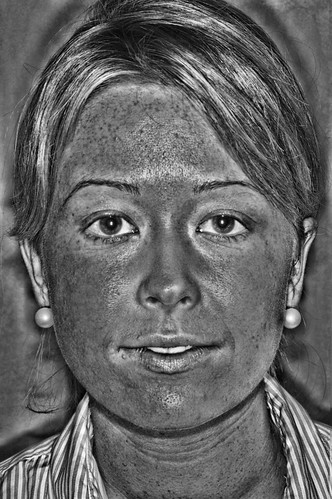
Laws and policy can have a tremendous impact on skin cancer awareness but so can simple information like how to correctly apply sunscreen. According to the Melanoma Foundation only one third of Americans are not applying enough sunscreen (http://www.melanomafoundation.org/prevention/prevention.htm). Lack of knowledge concerning proper application of sunscreen is a challenge that is keeping skin cancer rates on the rise. The CDC recommends that sunscreen be applied 30 minutes before sun exposure and reapplied after swimming and strenuous exercise. Also, sunscreen should be applied frequently throughout the day if the consumer will be outdoors for extended periods of time. Furthermore, consumers should be sure to shake sunscreen containers before use to get rid of clumps and irregularities. As a general rule one once (or one handful) of sunscreen should be used to cover the entire body, paying special attention to skin directly exposed to sun (CDC, 2002).
Although few consumers know how and when to properly apply sunscreen, even fewer know how to pick an effective product. According to a recent study published by the Environmental Working Group (EWG) 83% sunscreen products provide inadequate protection from the sun, or contain ingredients with significant safety concerns such as oxybenzone. Oxybenzone is a chemical that has been linked to hormone disruption, cell damage, and low birth weight in children with mothers exposed to the chemical, to name a few. Some of the worse offenders according to the EWG study are some of the most popular brands, including Coppertone, Banana Boat and Neutrogena. Consumers need to be aware that an adequate sunscreen will protect against both UVA and UVB radiation, remain stable in sunlight and contain few to no harmful ingredients (Houlihan, 2007).
1. CDC. (2002). Sunscreen: How To Select, Apply, and Use It Correctly . MMWR , 51 (17), Appendix B.
2. Houlihan, J. (2007). Comments from EWG on the U.S. FDA's Proposed Amendment of Final Monograph for Sunscreens. Environmental Working Group. Washington: Environmenal Working Group.


